Mark Twain, the pen name of Samuel Langhorne Clemens, is one of the most celebrated figures in American literature. Renowned for his wit, satire, and critical views on society, Twain’s literary success was matched by his financial ventures. Throughout his life, he experienced wealth and financial hardship, directly influencing his work and personal circumstances.
When he passed in 1910, Mark Twain’s estate was valued at around $500,000, translating to nearly $14 million in today’s currency. His prolific writing career accumulated This significant net worth, which gave the world classics like “The Adventures of Tom Sawyer” and “Adventures of Huckleberry Finn” through lectures, investments, and publishing endeavors. Despite economic setbacks that plagued him at specific points, Twain recovered and left a substantial legacy for his heirs.
Content of This Article
- Mark Twain’s Appearance
- Facts About Mark Twain
- Mark Twain’s Net Worth
- Early Life
- Mark Twain’s Wife and Family
- Mark Twain’s Career
- Mark Twain’s Awards and Achievements
Mark Twain’s Appearance (Height, Hair, Eyes & More)
| Height |
5 ft 8 1/2 in
1.77 m |
| Weight |
145 pounds
66 kg |
| Hair Color | White |
| Eye Color | Blue |
| Body Type | Average |
| Sexual Orientation | Straight |
Facts About Mark Twain
| Nationality | American |
| Estimate Net Worth | $85 million |
| Religion | Orthodoxy |
| Zodiac Sign | Sagittarius |
| Birthplace | Florida, Missouri |
| Birthday | November 30, 1835 |
Mark Twain’s Net Worth
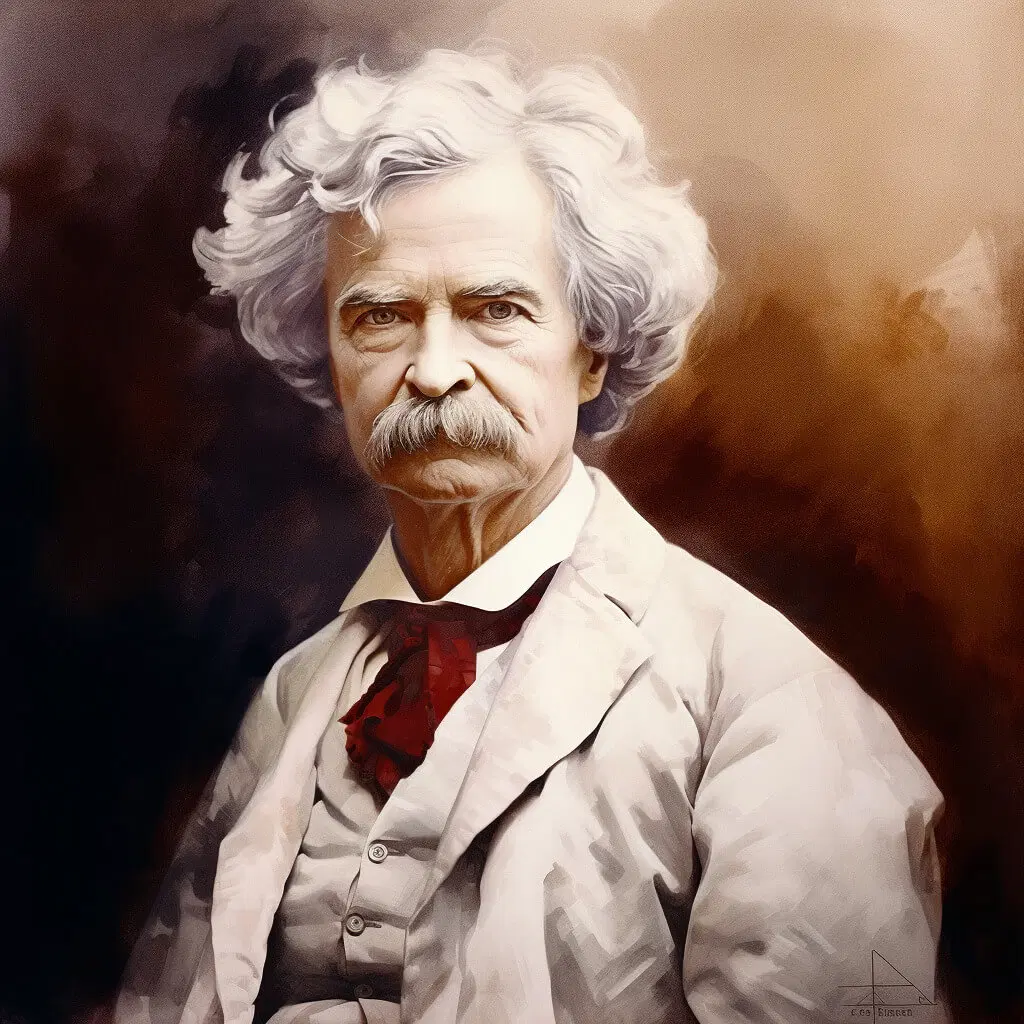
As of 2023, Mark Twain’s net worth is estimated to be $85 million. Mark achieved great fame and financial success as a novelist. His wealth came primarily from his writing, with classic novels like “The Adventures of Tom Sawyer” and “Adventures of Huckleberry Finn” driving much of his earnings. Twain’s storytelling, rich with humor, irony, and keen social insights, earned him both critical and financial rewards, securing his status as a cornerstone of American literature.
Despite his success as an author, Twain’s financial journey was turbulent. He invested heavily in a publishing company his nephew, Charles L. Webster, founded. This venture, initially successful due to the publication of Ulysses S. Grant’s memoirs, eventually led Twain to financial ruin due to a series of unsuccessful investments.
Twain’s investments extended beyond the publishing company, including various technological innovations of his time. Unfortunately, many of these did not yield the expected returns, and by the mid-1890s, Twain had filed for bankruptcy. His financial distress compelled him to lecture worldwide, allowing him to repay his debts fully and restore his financial standing.
When Twain passed away in 1910, he left behind an estate valued at approximately $500,000, a substantial sum. Adjusted for inflation, this would be nearly $14 million today. After his death, his estate was split between his two daughters.
Twain’s financial ups and downs are well-documented, reflecting a life marked by wealth and financial struggles. Yet, his literary legacy has proved priceless, continuing to generate interest and revenue well into the 21st century, with an estimated worth of $85 million as of 2023.
Early Life
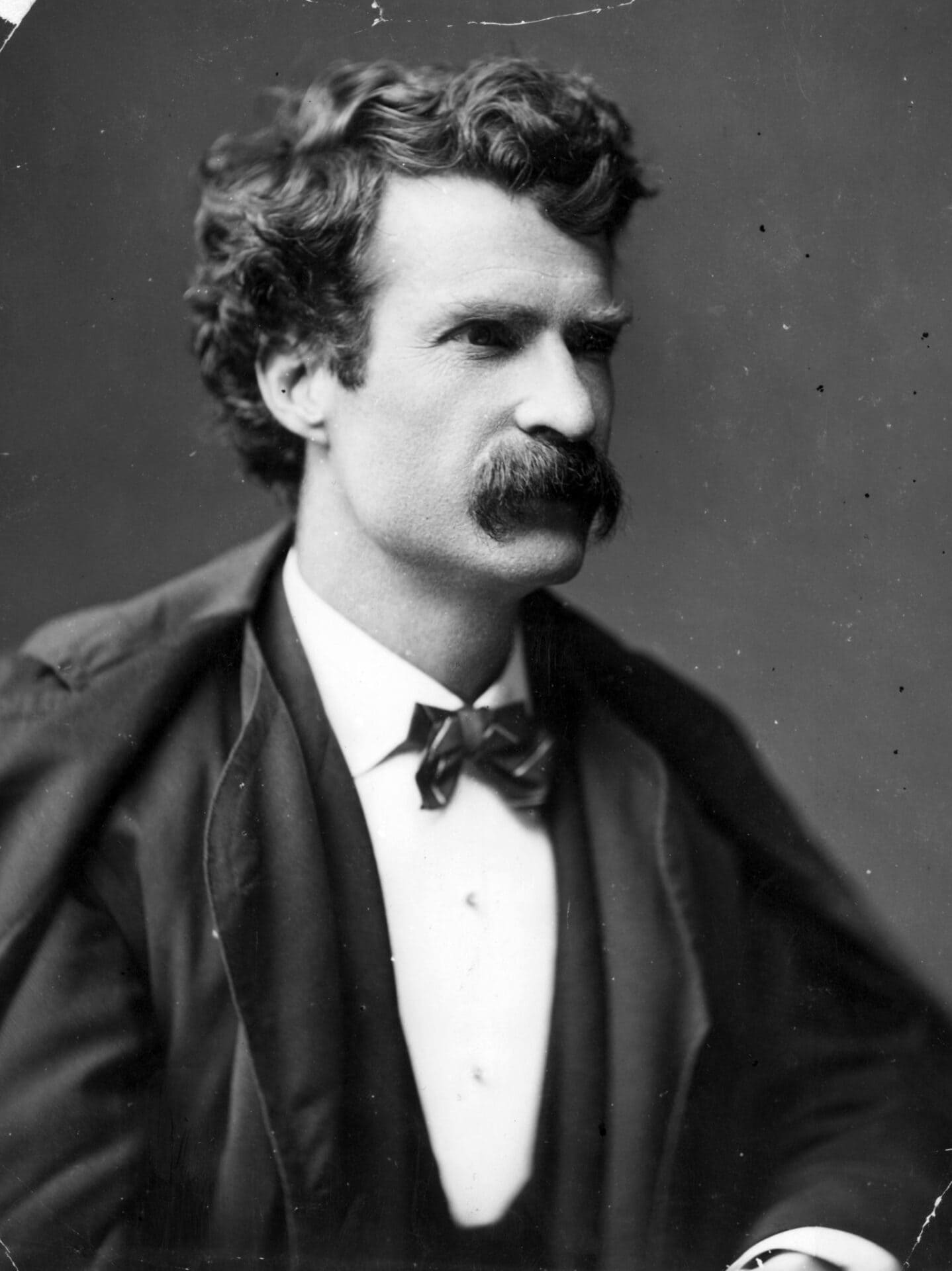
Samuel L. Clemens, also known as Mark Twain, was born on November 30, 1835, in the small town of Florida, Missouri. His early years were framed within a modest upbringing as the sixth child of seven. The Clemens family eventually settled in Hannibal, Missouri, a locale that would later inspire the iconic settings for Twain’s renowned novels.
Education
Clemens’ formal education was irregular and ended prematurely when he was just 12 years old. His father, John Marshall Clemens, a lawyer and judge, passed away, leaving the family in financial hardship. Consequently, Clemens began working as an apprentice in a printer’s shop. Through this experience, alongside his work as a typesetter and contributor to his brother Orion’s newspaper, he honed the skills to help him become a celebrated writer. Despite the lack of formal schooling, Clemens’s early career in the printing trade laid the foundation for his literary pursuits.
Mark Twain’s Wife and Family
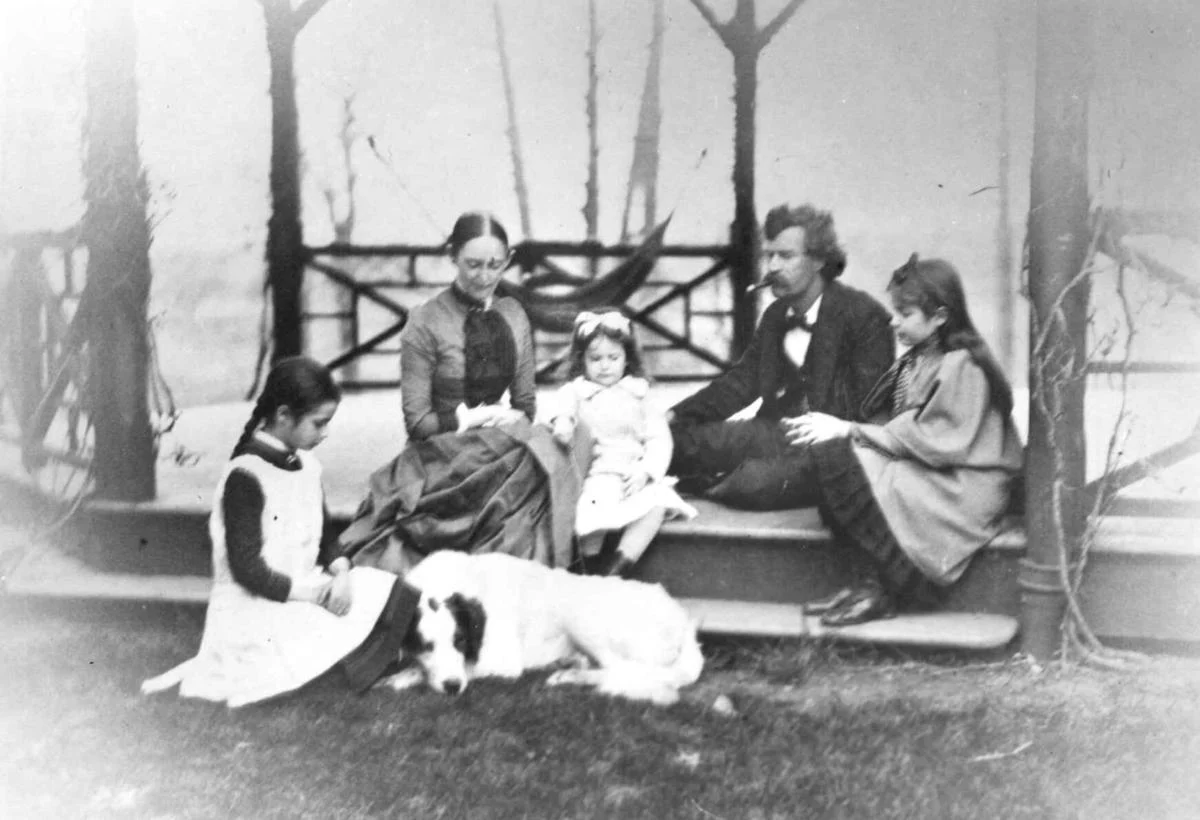
Samuel Langhorne Clemens, known globally as Mark Twain, was married to Olivia Langdon Clemens. Their union was one rooted in intellectual companionship and deep affection. Hailing from Elmira, New York, Olivia brought stability and support to Twain’s life, often mired in financial unpredictability due to his ventures outside of writing.
The couple’s financial journey included peaks and troughs, reflecting Twain’s adventurous spirit in his literary pursuits and financial decisions. Twain earned considerable sums from his writing, but his propensity for poor investments, notably in the Paige typesetting machine, led to substantial monetary loss. The failure of the publishing company he founded with his nephew Charles L. Webster also contributed to his financial downfall.
Compelled by mounting debts and aiming to clear his name from bankruptcy, Twain embarked on lecture tours, successfully ameliorating his financial crisis. Despite the monetary challenges, Twain fully settled his debts with creditors, resolving his bankruptcy and underscoring his commitment to financial integrity.
The Clemens had four children, with their daughter Clara surviving into adulthood. As Twain’s only surviving heir, Clara managed his estate and worked to preserve his legacy. This effort was bolstered by Olivia’s prudent management of the family’s finances during her lifetime. The wealth Twain left behind—valued at the equivalent of nearly $14 million in today’s currency—was a testament to his resilience in overcoming his earlier financial adversities.
Mark Twain’s Career
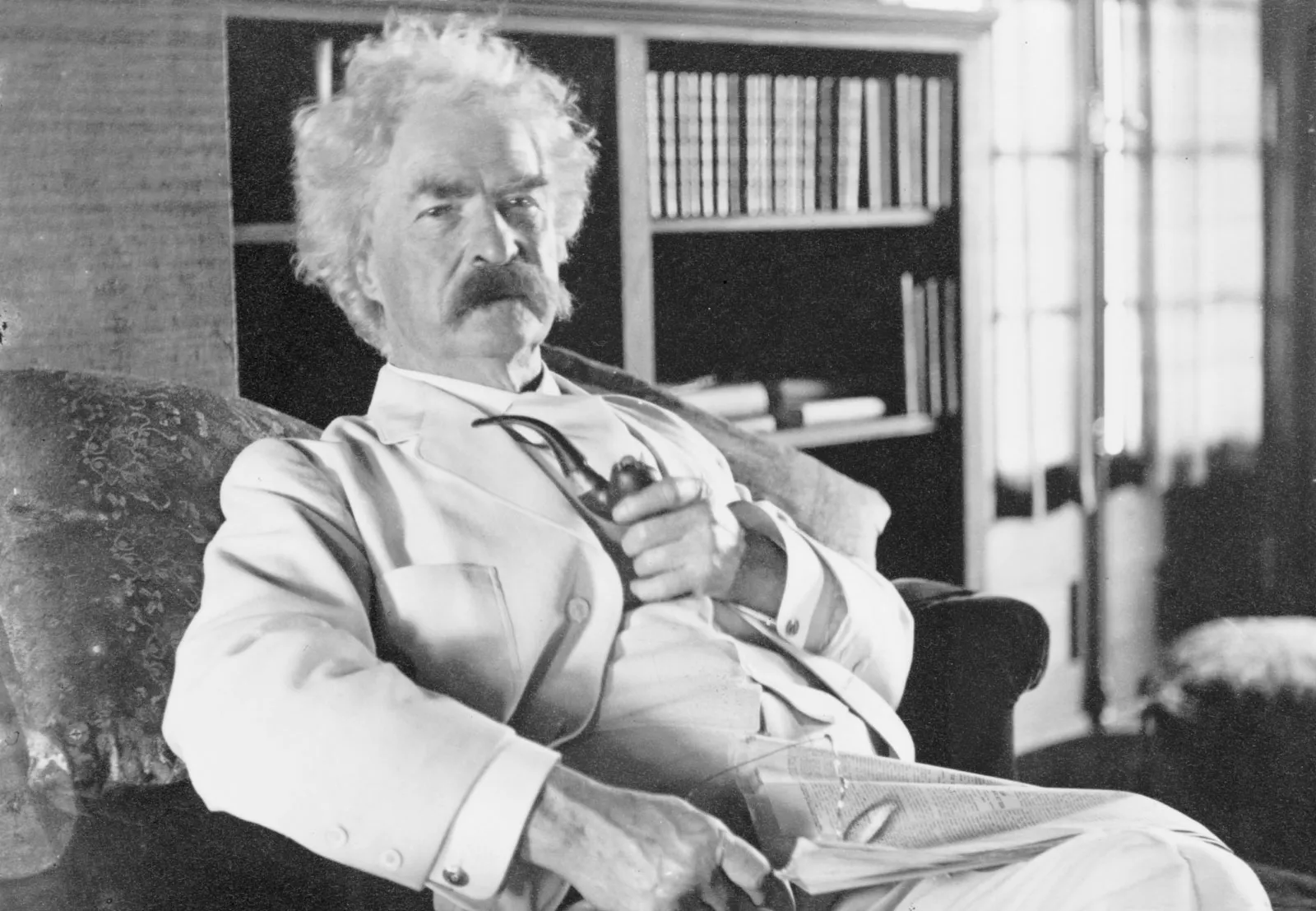
Mark Twain, born Samuel Langhorne Clemens, was a monumental figure in American literature. His career took off with the 1865 publication of “The Celebrated Jumping Frog of Calaveras County,” a humorous short story that gained widespread attention. Following this initial success, Twain honed his writing, becoming known for his keen observation of human nature and ability to render spoken English vividly.
Twain’s work extends beyond novels, including travels, speeches, and humorous stories. His travel books, such as “The Innocents Abroad” and “Following the Equator,” are detailed accounts of his journeys through Europe and the Middle East, blending insightful cultural commentary with his distinctive humor. As a lecturer, Twain’s speeches were known for their wit and often provided a critique of societal follies.
His lesser-known works, like “Pudd’nhead Wilson” and “Life on the Mississippi,” showcase the breadth of his storytelling and his versatility in using humor to address serious subjects. Twain’s use of prose in such narratives shaped the voice of American literature, with an understanding of the language and the experiences of America’s heartlands.
Despite some controversies and the initial suppression of specific works due to racial slurs and social commentary, Twain’s literature has endured, retaining a significant place in American culture and world literature. His ability to weave humor with social critique made his prose a powerful force that resonated with readers and listeners alike and has cemented his legacy as a literary icon.
Mark Twain’s Awards and Achievements
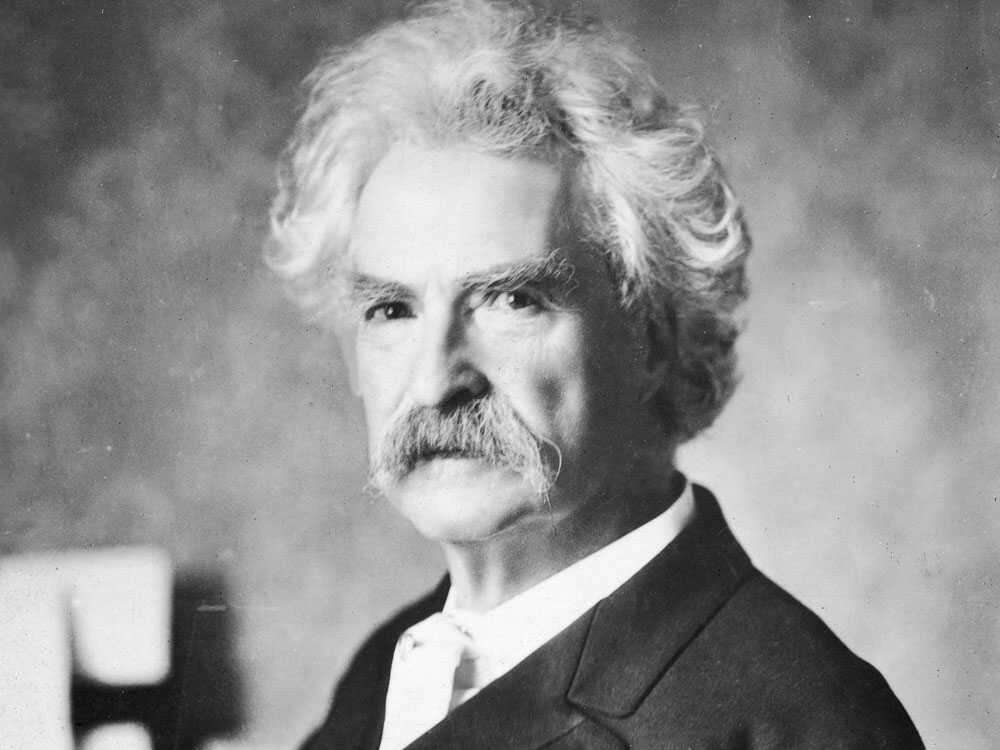
Mark Twain, celebrated for his influence on American literature, garnered considerable recognition during his life. His accolades include honorary degrees from prestigious institutions:
- Master of Arts Degree (Honorary) from Yale University in 1888
- Doctor of Letters Degree (Honorary) from Yale University in 1901
- Doctor of Letters Degree (Honorary) from Oxford University in 1907
Besides academic honors, his adeptness at typesetting was notable, earning him the distinction of being the fastest typesetter in Missouri early in his career. Twain’s work spans various genres, forming a legacy that establishes him as an eminent literary figure. His catalog includes renowned novels such as:
- The Gilded Age (1873)
- The Adventures of Tom Sawyer (1876)
- The Prince and the Pauper (1881)
- Adventures of Huckleberry Finn (1884), with annual sales averaging 200,000 copies
- A Connecticut Yankee in King Arthur’s Court (1889)
- The Tragedy of Pudd’nhead Wilson (1894)
Twain’s literary achievements extend to essays, short stories, and an autobiographical account posthumously published in 2010. His reputation as a master storyteller resonated through his written work and lectures, with a particularly notable lecture in San Francisco in 1866 regarding his experiences in the Sandwich Islands.
Esteemed by fellow artists and former presidents alike for his seminal observations of American society, Twain’s distinction as “the father of American literature” is a testament to his enduring impact on the cultural and literary landscape of the nation. His wit and insights continue to be cited by American leaders, reflecting his permanent imprint on the fabric of American intellectual and artistic identity.
Net Worth of Other Notable Authors
Jane Austen’s Net Worth
Jane Austen, an English novelist born on December 16, 1775, to a family of modest means, became an iconic literary figure with her works critically appraising the British landed gentry of the late 18th century. Her novels, such as “Pride and Prejudice,” “Sense and Sensibility,” and “Emma,” have remained in print for over two centuries, reflecting not just their popularity but also their lasting cultural impact. While her stories often delve into the social dynamics of wealth and marriage, Austen’s own financial standing during her lifetime presents a contrasting narrative to the fortunes of some of her characters. During her lifetime, Austen’s earnings as an author were relatively modest. Jane Austen’s net worth at the time of her death on July 18, 1817, has been estimated to be around £500, a sum gleaned from her book sales and her family support. However, it’s important to note that the “net worth” concept in the Georgian era differed significantly from today’s understanding, with societal structures and economic measures posing challenges to direct comparisons. Furthermore, the posthumous surge in her books’ popularity and their adaptations have led to Jane Austen’s name and legacy being valued far beyond the mere pounds she earned in her lifetime.
Virginia Woolf’s Net Worth
Virginia Woolf was an English writer known for her contributions to modernist literature in the early 20th century, notably through her use of stream of consciousness as a narrative technique. Her works, including the novels *Mrs. Dalloway* and *To the Lighthouse*, have cemented her status as a key figure in literary history. While her literary achievements are well-recognized, estimating Virginia Woolf’s net worth presents a challenge, as financial success during her lifetime varied, and the enduring popularity of her work has since influenced the value of her estate. Assessing her net worth requires consideration of her lifetime earnings from book sales, publishing contracts, and inheritances. Woolf was a novelist, essayist, and publisher, co-founding the Hogarth Press with her husband, Leonard Woolf. This enterprise not only expanded her income but also gave her more control over the publication of her works. Woolf’s financial status was also shaped by the economic context of her time and the assets she held at the time of her death in 1941. Contemporary interest in Woolf’s work and its impact on the current value of her intellectual property adds another layer to the discussion of her net worth. Her novels and essays continue to be studied, analyzed, and enjoyed, leading to posthumous sales and adaptations contributing to her ongoing financial legacy. Therefore, while exact figures may be elusive, Virginia Woolf’s net worth, as of 2023, was estimated to be around $5 million.

